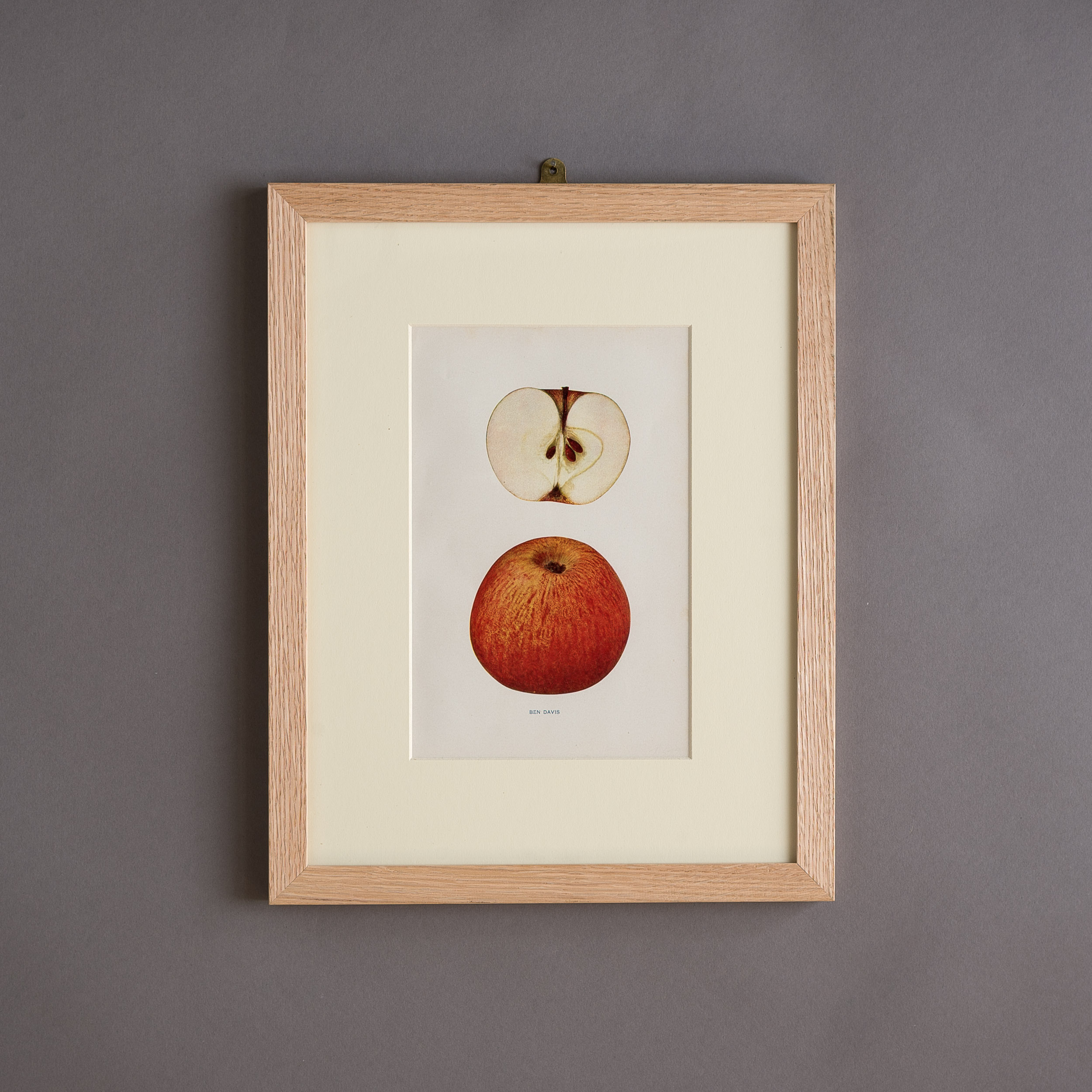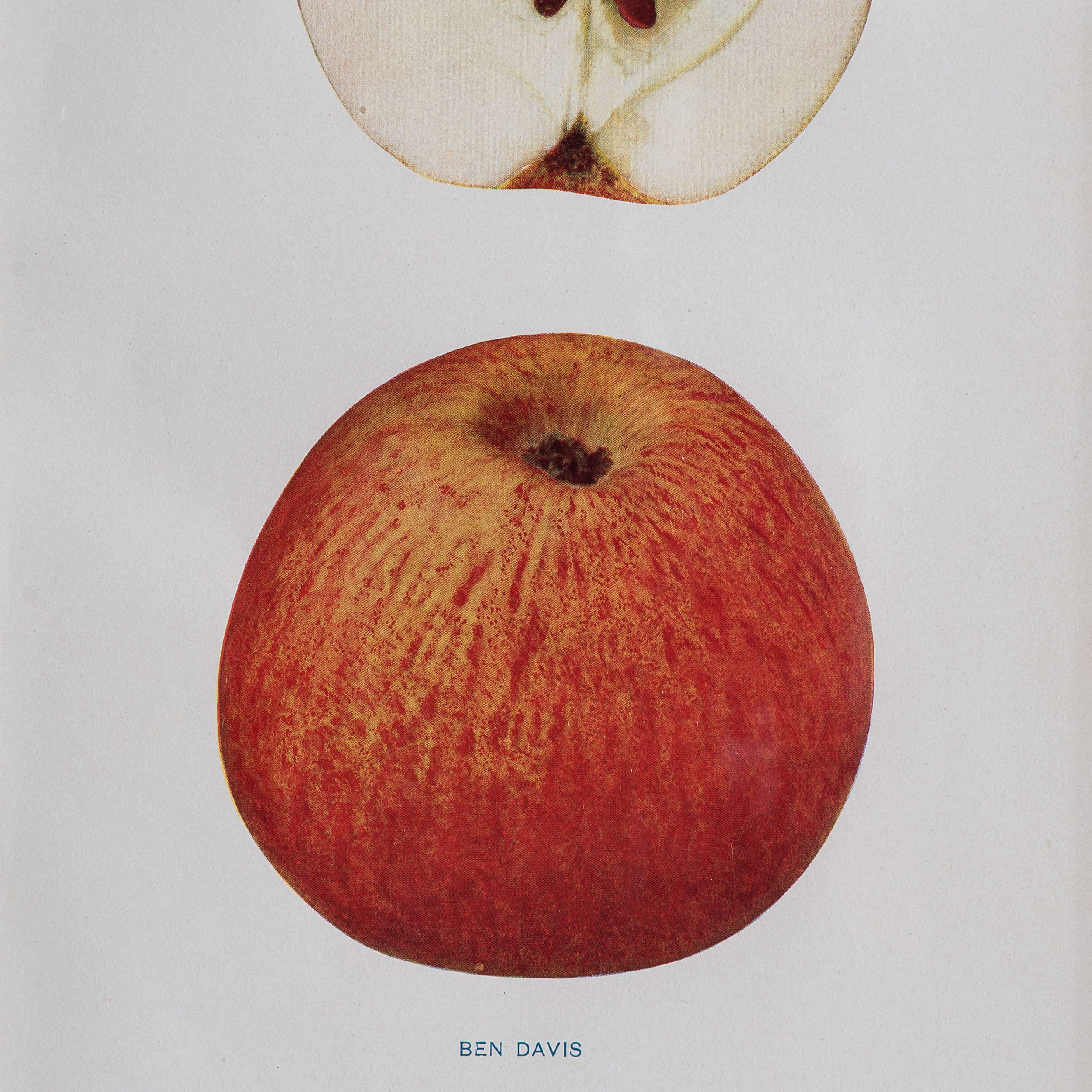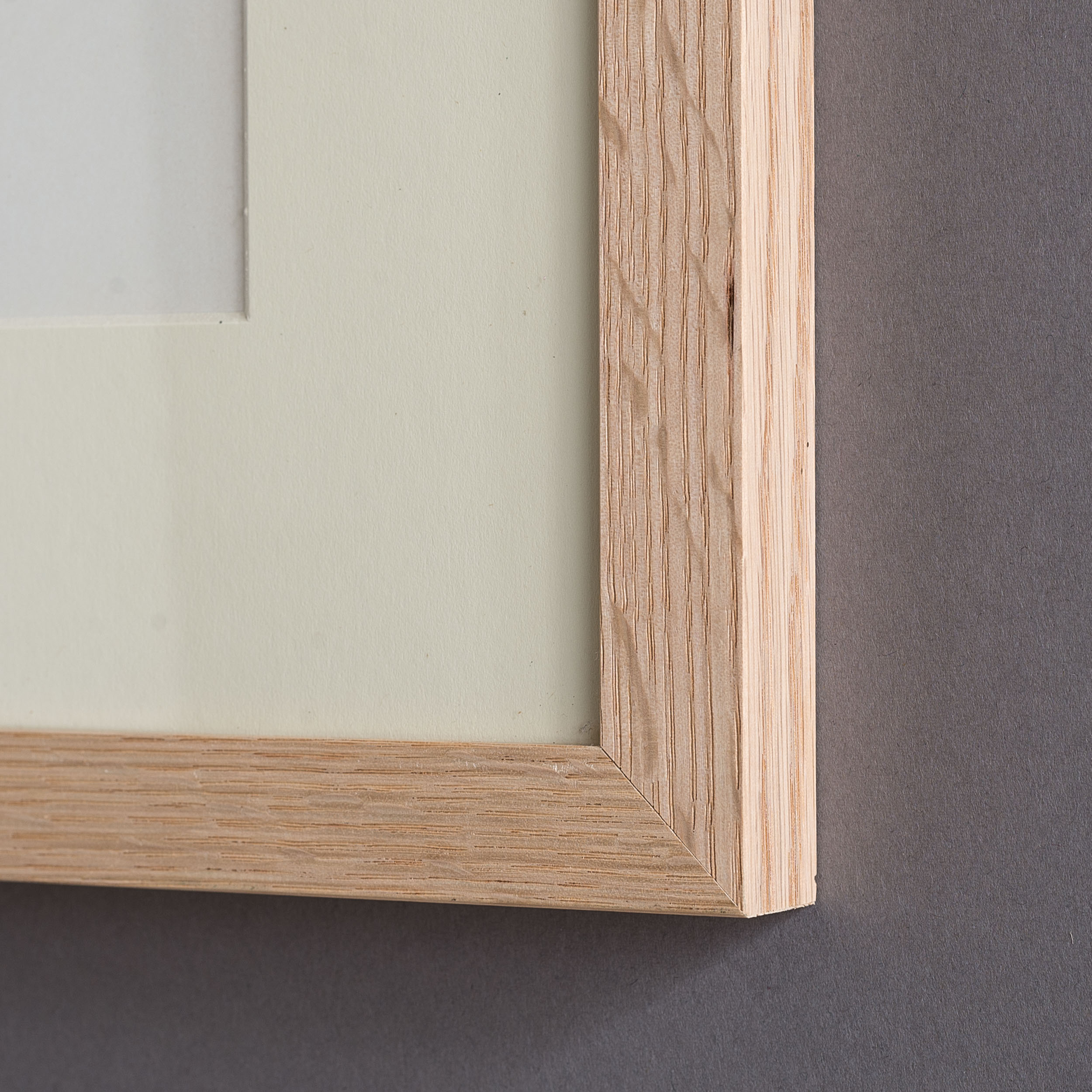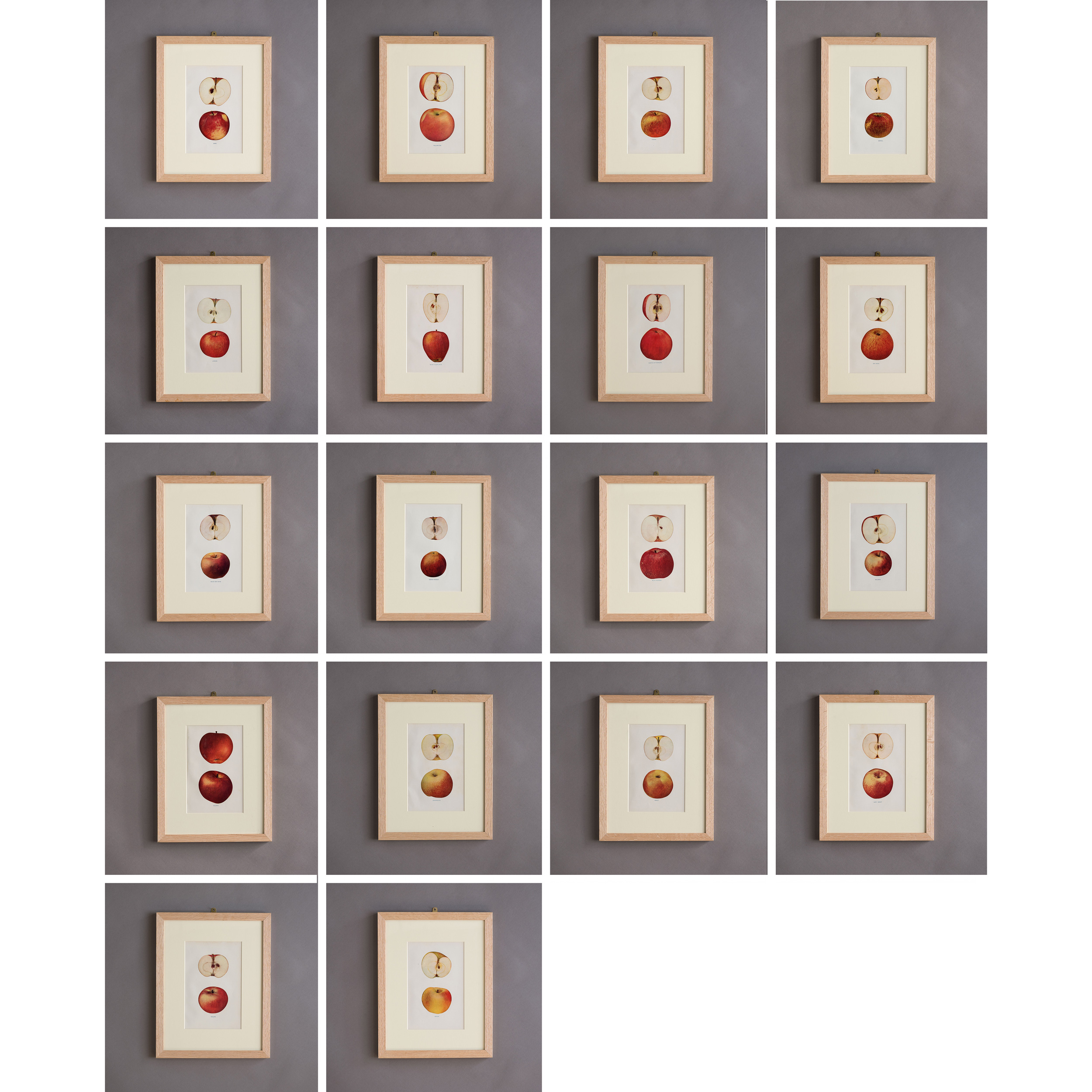The Apples of New York, 1905
A bite out of pomological history!
The Apples of New York, published in 1905 summed up over two decades of horticultural research providing an insight into the varieties available to the consumer prior to the industralised farming of the 20th century.
£140
In stock
Colour lithographs published in 1905 under the “personal supervision” of the New York State Agricultural Experiment Station’s head horticulturalist. Mounted in cream and framed in natural oak
Recently Viewed Items
-
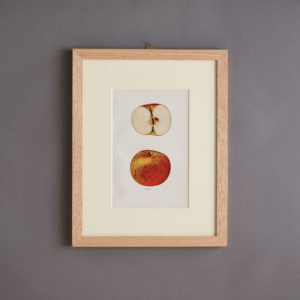
The Apples of New York, 1905
£140The Apples of New York, 1905
The Apples of New York, published in 1905 summed up over two decades of horticultural research providing an insight into the varieties available to the consumer prior to the industralised farming of the 20th century.£140 -
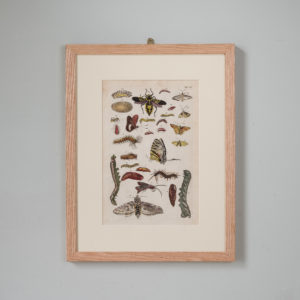
Natural History of Carolina, Florida and the Bahama Islands, published 1729 – 1747.
£225Natural History of Carolina, Florida and the Bahama Islands, published 1729 – 1747.
Mark Catesby was born in Essex to a family owned a farm and house, Holgate, in Sudbury, Suffolk. His acquaintance with the naturalist Reverend John Ray, a leading English naturalist of the late 17th century and co-author of an early classic study on birds started Catesby’s life-long becoming interest in natural history, which he went on to study in London. His life changes when in 1712, he arrived at Williamsburg, Virginia, accompanying his married sister Elizabeth Cocke and two of her children. During his seven-year stay in Virginia that Catesby developed a passionate in the native flora and fauna. He began collecting botanical specimens, especially seeds, and sending them to friends in England and he met William Byrd II, who was an amateur naturalist, a member of the colonial Council and a Fellow of the Royal Society. When he returned to England in 1719, influential members of the Royal Society, then chaired by Sir Isaac Newton, had learned of his work in the colonies. Led by William Sherard, “one of the most celebrated botanists of the age,” members began soliciting sponsors to finance Catesby for a botanical expedition to South Carolina. By 1722, Catesby was again crossing the Atlantic to further his work in the New World. Catesby, was one of the first people to recognize how natural and man-made destruction and depredation of a species’ habitat lead to extinction. He was the first to depict birds, in conjunction with environmentally relevant plants. He returned to England in 1726, and then spent the subsequent two decades years developing his work that would eventually be published as, "The Natural History of Carolina, Florida, and the Bahama Islands" It was first fully illustrated study of the natural history of North America and the most comprehensive to date. Working virtually alone, Catesby personally oversaw every aspect of the work’s production, even learning the difficult art of etching on copper plates. To finance this expensive printing project, Catesby sought subscriptions, offering his book in sections of 20 plates to be published every four months. Published in eleven sections and featuring more than 220 hand-coloured etchings. Published in eleven sections and featuring more than 220 hand-coloured etchings. He personally presented the first section to Her Majesty Queen Caroline in May 1729, and later he dedicated the first volume of the Natural History to her. Following a collapse, Mark Catesby died at his home on Old Street, London, on 23 December 1749, and he was buried in the churchyard of St Luke’s Church£225 -
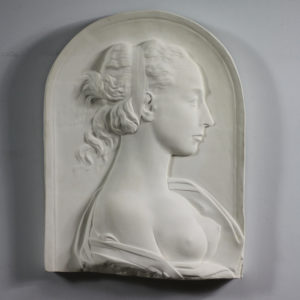
A plaster portrait relief of “Lucretia”
£290A plaster portrait relief of “Lucretia”
the portrait of the woman in profile, cast in low relief,£290 -
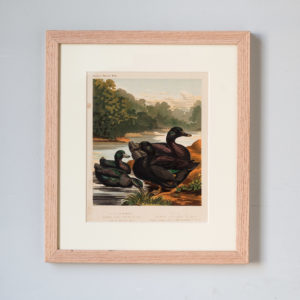
Wright’s Poultry, original chromolithograph from 1873
£130 eachWright’s Poultry, original chromolithograph from 1873
Published by Cassells c1873. Framed in natural ash. 'Black East India Ducks, Black Cayuga Ducks'£130 each

